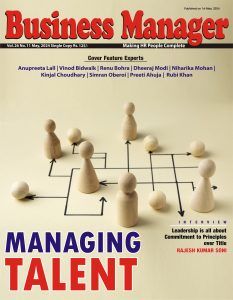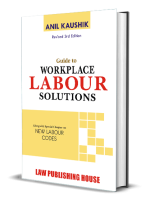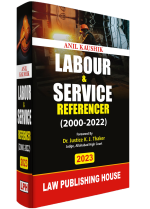“The Battle for Talent!” sounds dramatic and could be an apt title for the cover page of an HR journal, but in reality, it is true to its meaning. There is a constant need to hire the best talent and find the perfect fit for the organization, and hiring partners have been battling this need to attract, hire, and retain talent for a long time.
Most often, it is the talent who has multiple options in hand to choose from & it is NOT always compensation that is the differentiator. Here enters the concept of “Employer Branding” – the organization’s image as an employer! Org Branding is about:
- How employees feel about their organization
- How deep the value system reflects in the culture
- The experiences that they gather in an organization
All of the above collectively create an employer image.
The strength of an organization’s employer image goes a long way toward managing an employee’s successful onboarding to offboarding cycle. Employees choosing to work for a certain organization or brand over others validates the power of employer branding over its competing brands. People leaders put a lot of effort into developing innovative ways to attract and retain employees. This continues to give them reasons to stay through high engagement. (Pull Strategy!)
Also read: Cisco job cuts: Terminates employees in Fresh Round
The experience of the pandemic and the recovery stage has prioritized the need for healthcare for employees and their families, and we must look beyond the GMC plan to meet this critical need.
Healthcare accessibility and affordability are still a challenge in India. Connect and Heal (CNH-Care) is out to solve this challenge for the nation and corporates by partnering with them and helping them prioritize health and safety for their employees and their families.
CNH has successfully collaborated with over 400 plus organizations, including 19 Fortune 500 companies, to redesign the landscape of employee benefits, which impacts organizational branding and employee productivity in its breadth and depth.
Our technology platform provides organizations with employee health metrics so they can plan and address employee productivity issues, optimize resource planning, and engage in year-round preventive healthcare. Meeting healthcare needs in the comfort of their home or workplace, rather than having to leave and wait for longer periods, is unquestionably beneficial.
This is almost certainly intended to impress employees. A high-tech solution would undoubtedly create a strong pull mechanism on the employer brand, leaving little or no room for employees to consider a job change. Even better if, as employers, we extend holistic health care in the form of an OPD cover, which should take care of 70% of total healthcare expenses.
Healthcare consumers are continuing to be well-read and well-aware of the ever-evolving health and wellness space. GMC covers only 30% of medical expenses by only addressing IPD needs. Nonetheless, for various reasons, a large portion of our day-to-day medical consultations consume a significant portion of the budget.
OPD coverage given to corporate employees is a big boon, especially when some are still managing with only GMC. Large corporations have significantly increased their engagement score and reduced their attrition rate simply by making a conscious decision to prioritize employee health and wellness.
Employees choosing to work for a certain organization or brand over others validates the power of employer branding over its competing brands. People leaders put a lot of effort into developing innovative ways to attract and retain employees.
We can’t deny there is a direct correlation between healthy and fit employees and organizational outcomes. Research shows that disengaged and unfit employees can cost the company about 35% of their CTC. As many as 87% of employees feel disengaged from their organization when benefit plans are not curated for their needs.
Providing valued employees with high levels of engagement and benefit plans goes a long way toward creating champions for the organization, thereby increasing the ENPS (Employee Net Promoter Score). The productivity curve of such organizations remains higher than most others while fostering a sense of healthy community within the organization.
Crafting an effective engagement plan with a focus on the holistic well-being of employees makes for a great retention strategy. This results in a win-win situation for both the company and the talent. It optimizes hiring costs, reduces costs due to talent loss, and creates a healthier and happier workforce.
Organizations that have succeeded in creating great employer brands are the ones that have been able to redefine the space of employee healthcare with great empathy, data-driven workforce planning, and a robust Tech Framework – solving for healthcare accessibility and affordability.
People leaders are increasingly convinced about investing in nurturing their people and extending a sense of care to grow their businesses. Talent in an organization is the most critical contributor and differentiator in the face of competition. Therefore, make innovative and effective decisions to strengthen your employee base and employer brand!
Stay connected with us on social media platform for instant update click here to join our LinkedIn, Twitter & Facebook




























